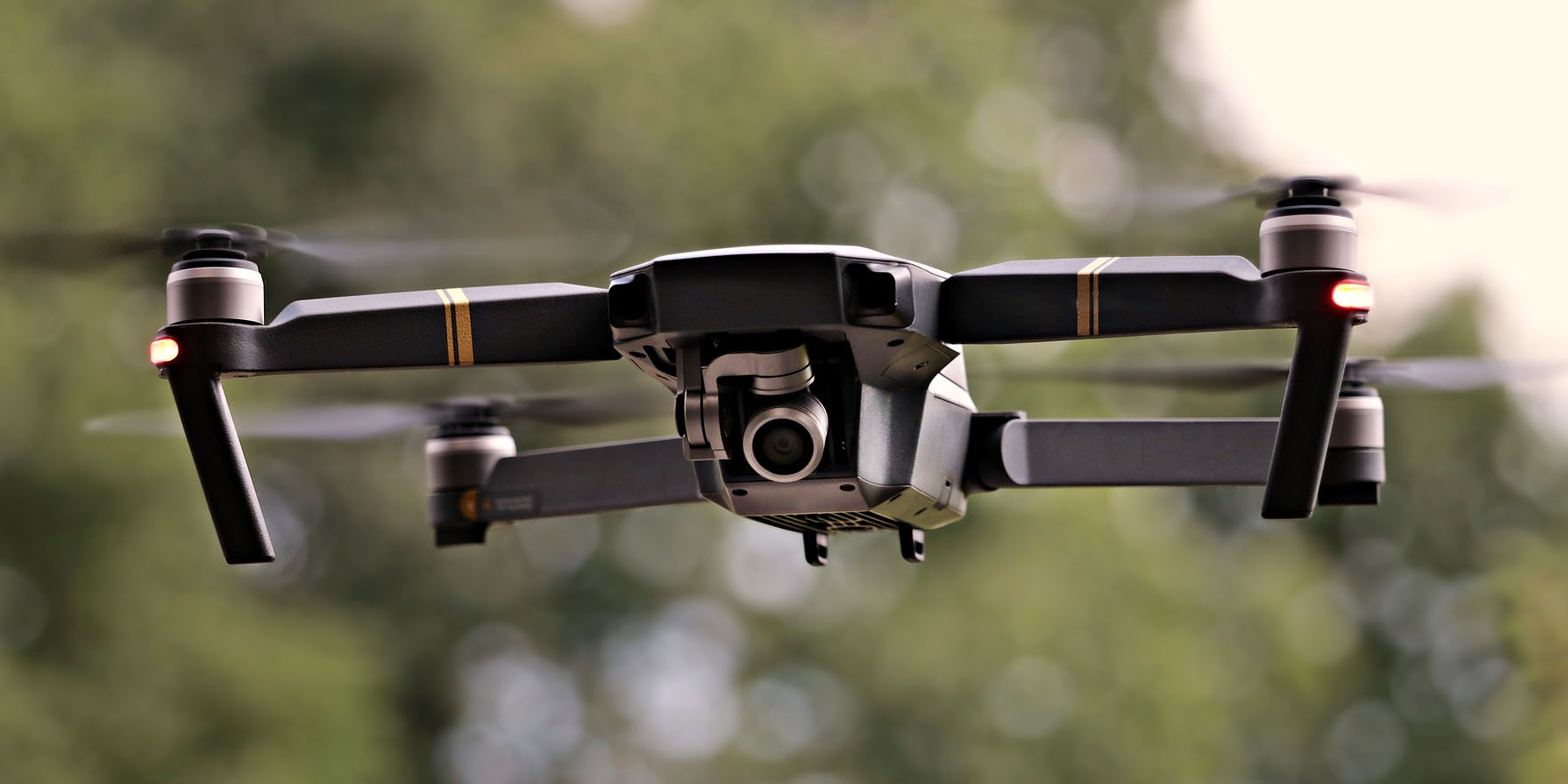Every January, gadget lovers and technophiles around the world focus their attention on Las Vegas, Nev., for the annual Consumer Electronics Show. Here, tech companies introduce the latest models of their UHD 4K TVs and Internet-connected washing machines. It’s also where manufacturers announce the newest models of drones, or UAS (unmanned aircraft systems). With every year, drone manufacturers improve their products by increasing battery capacity, transmission range, camera resolution, and a host of other features. These improvements mean that the newest drones can fly faster, farther, and take more beautiful videos. But these improvements also mean that it gets easier every year for operators to get too close to aircraft and airport operations. Drone/UAS operators, whether for commercial or model/hobby purposes, should take the responsibility of operating their aircraft extremely seriously, just like driving, boating, motorcycling or any other type of transportation.
If you’re one of the many aspiring aviators who want to take off with this popular hobby, here are a few steps from the FAA to prepare you to be a safe UAS operator:
- Get certified: In order to fully understand the system in which you are flying, you should strongly consider earning a remote pilot certificate by taking a written test on the basic rules that govern UAS—called “Part 107”—as well as airspace, altitude limitations, and more. You have to have one if you want to use your UAS commercially, such as inspecting rooftops or photographing real estate. You also need to change your aircraft’s registration to reflect your intent.
- Register: Make sure you register with the FAA and label your device with your registration number. You must register if it is operated outdoors, and if it weighs more than 0.55 pounds (250 grams). You also need to carry the certificate of registration with you when you fly it.
- Download the app: The FAA has created the “B4UFLY” smartphone app (for iOS or Android devices) to provide any UAS pilot with additional situational awareness of nearby airports, heliports, seaplane bases, and temporary flight restrictions.
- Know your airspace limitations: Your UAS should always be flown below 400 feet above the ground, within visual line of sight (even if the aircraft has a range well-beyond), and not flown over people, stadiums, sporting events, or near emergency response efforts (e.g., wildfires, car crashes, or crime scenes), other aircraft, or airports. Also, you must be aware of the local airspace limitations, including temporary flight restrictions.
We are excited to welcome aspiring aviators into our shared airspace. One of the most important things to remember is that we are all responsible for keeping our skies the safest in the world. ALPA is committed to making sure all new entrants into the national airspace are held to the same high standard of safety and security.
